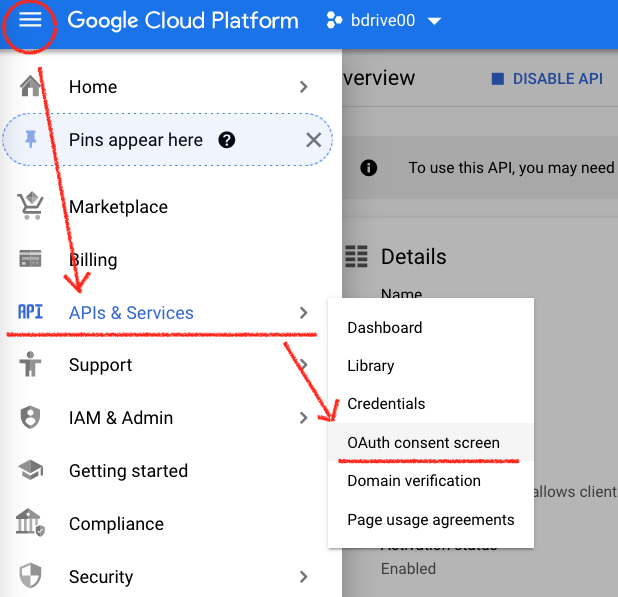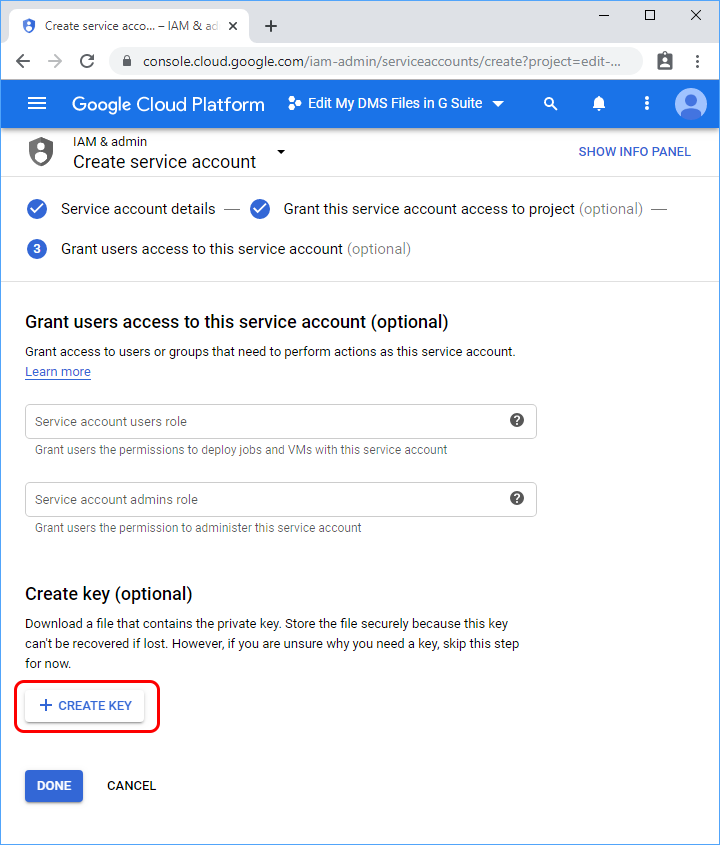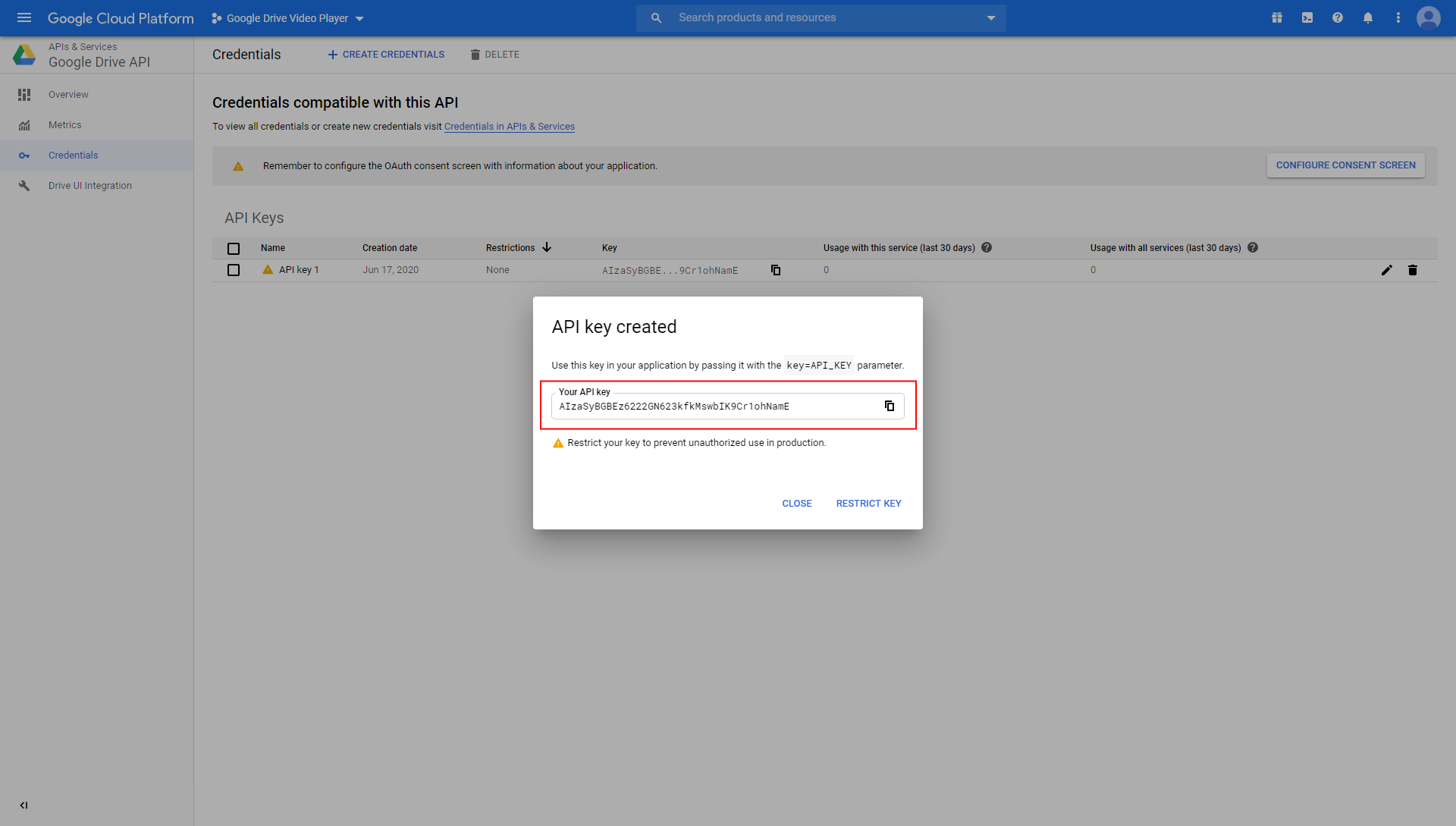

So, even if your usage falls well within the free $200 credit, you still have to create an account and provide Google with billing details to keep using the APIs. Autocomplete makes a call for every letter typed in the search bar and again when you select a location then when you add directions to the nearest location, that’s another.” No more API calls without billing detailsĪs of June 11th, calls to the various Google Maps APIs which don’t include an API key will return an error or a watermarked map (‘for development purposes only’). So if you’ve got something that loads a map, alongside an address search using autocomplete, and provide geolocation services for directions or distances that’s three separate API calls on page load. However, if you use the Embed API in Directions, Views or Search mode, you will be eligible for billing.Īnd, as Manifesto’s Callam Williams says that’s where things can start to get very expensive, very quickly: “If you update the map with any new location details, that counts as a separate call. So, if you’re just serving users a simple map with a marker, say to show your office location, you’ll continue to pay nothing under the new system. Importantly, the new pricing system allows unlimited free use of simple Dynamic Maps in Embeds and in Mobile Native apps.

In line with many cloud computing providers, the Google Maps API will move to a pay-as-you-go pricing structure from 11th June 2018. Some confusion surrounds these announcements, so here’s a quick walk through the major changes and what they might mean for prolific users of Google Maps.

Google announced the launch of their new Google Maps Platform last week, as well as a new pricing structure for organisations making use of the Google Maps APIs to deliver customised Maps, Routes and Places experiences for their users.


 0 kommentar(er)
0 kommentar(er)
